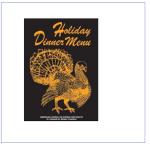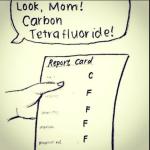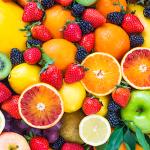The Environmental Working Group (EWG) is at it again. Scare tactics with little behind them.
Environmental Working Group
ACSH's Holiday Dinner Menu is our most popular publication of all time. And, how could it not be?
Nice work if you can get it.
ACSH's Holiday Dinner Menu is our most popular publication of all time. And, how could it not be?
It's more of the same from the Environmental Working Group (EWG) - cleverly designed but scientifically nonsensical scares. "Organic: The Original Clean Food" is a magnifice
The Environmental Working Group (EWG) uses an authoritative sounding name to peddle scientific half-truths and outright fabrications. Along with Greenpeace and PETA, it is beloved by activists but detested by scientists.
Spring is just around the corner, and with it comes another growing season.
It's that time of year again. Flowers are beginning to bloom, trees are turning green, the birds are chirping a little louder ... and the Environmental Working Group is scaring you about perfectly safe and healthy food.
We at ACSH operate on a tight budget, but somehow managed to
For years the Environmental Working Group (EWG) has been publishing its lists of vegetables and fruits that










